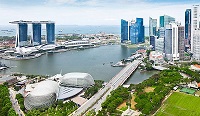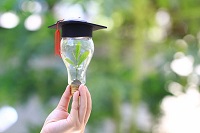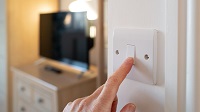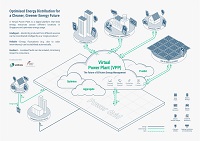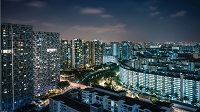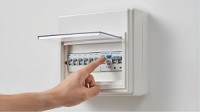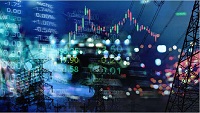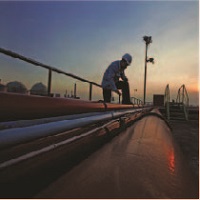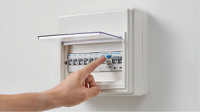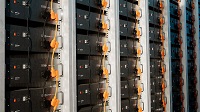We thank Mr Peter Heng Teck Wee for his letter “Study potential risks linked to undersea power cables” (Jan 17) and appreciate his concerns.
A critical consideration in Singapore’s transition to low-carbon energy sources is to continue to ensure our energy security.
We have adopted the “four switches” approach – natural gas, solar energy, regional power grids and low-carbon alternatives – to diversify our energy mix while increasing the sustainability of our power supply.
Our current main energy source, natural gas, will continue to underpin our energy portfolio in the foreseeable future while we scale up low-carbon electricity imports.
We will also maximise domestic solar deployment and develop new low-carbon energy sources, such as hydrogen.
We collaborate with regional project developers to import low-carbon electricity from multiple countries.
The development of an interconnected Asean power grid will further strengthen the resilience of our energy systems against disruptions. By enabling Asean member states to trade power from multiple sources, the grid will provide greater flexibility in responding to disruptions.
In addition, measures will also be put in place to ensure that Singapore has sufficient local back-up generation capacity to meet our needs if there are disruptions to electricity imports.
We thank Mr Heng again for his feedback and assure him that the Government will continue to safeguard our energy security as we journey towards a low-carbon future.
Lee Seng Wai
Director, Energy Connections Office
Energy Market Authority of Singapore
Forum: Study potential security risks linked to undersea power cables
By: Peter Heng Teck Wee
In 2024, Singapore approved a proposal to import solar power from Darwin, Australia, via 4,300km of undersea cables (Singapore gives conditional nod to import solar power from Australia via 4,300km of subsea cables, Oct 22, 2024).
There has been a spate of alleged sabotage operations recently in the Baltic Sea targeting undersea cables, prompting investigations and allegations of hybrid warfare.
In January, Taiwan accused a Chinese ship of damaging one of the undersea cables connecting the island to the internet (Taiwan, China trade barbs over undersea cable damage, Jan 9).
These developments have exposed undersea cables as vulnerable targets in geopolitical conflict, with incidents of sabotage becoming increasingly common.
Experts predict that such “grey zone” acts will recur as adversaries seek to exploit this strategic vulnerability.
Singapore’s energy security is currently predicated on diversification and resilience. Dependence on solar power transmitted through undersea cables would introduce a critical vulnerability. A deliberate attack on these cables by hostile actors could disrupt power supply, jeopardise national security and compromise our economy.
The challenge lies in the inherent difficulty of guarding undersea cables stretching thousands of kilometres. Sabotaging such cables is relatively easy and requires no munitions – recent incidents involved commercial ships allegedly damaging cables with their anchors.
Repairing damaged cables is a time-intensive process, which could leave Singapore exposed to prolonged power shortages.
While the transition to renewable energy remains a commendable goal, we must weigh the potential security risks against the benefits.
